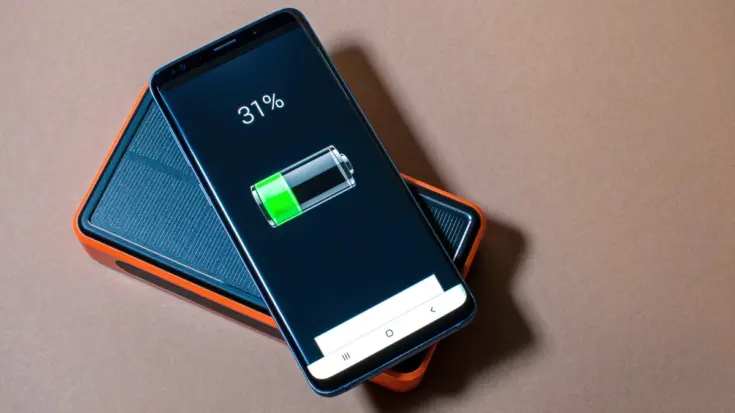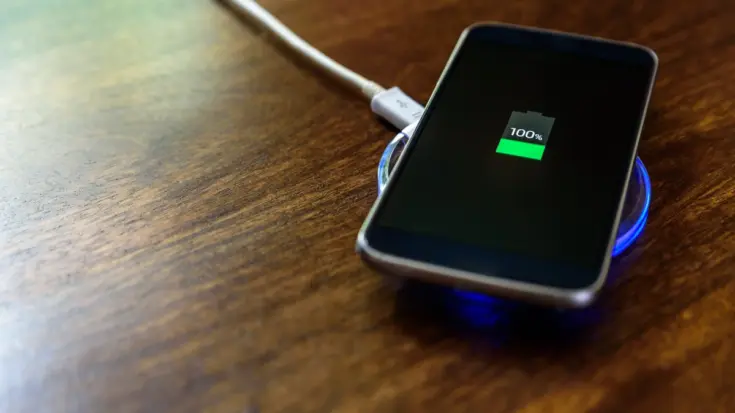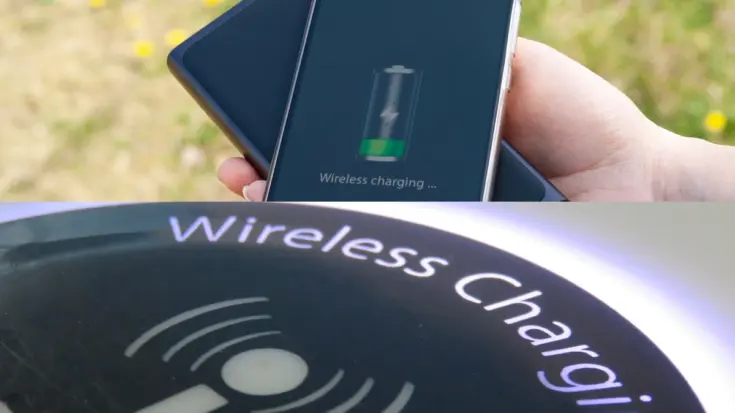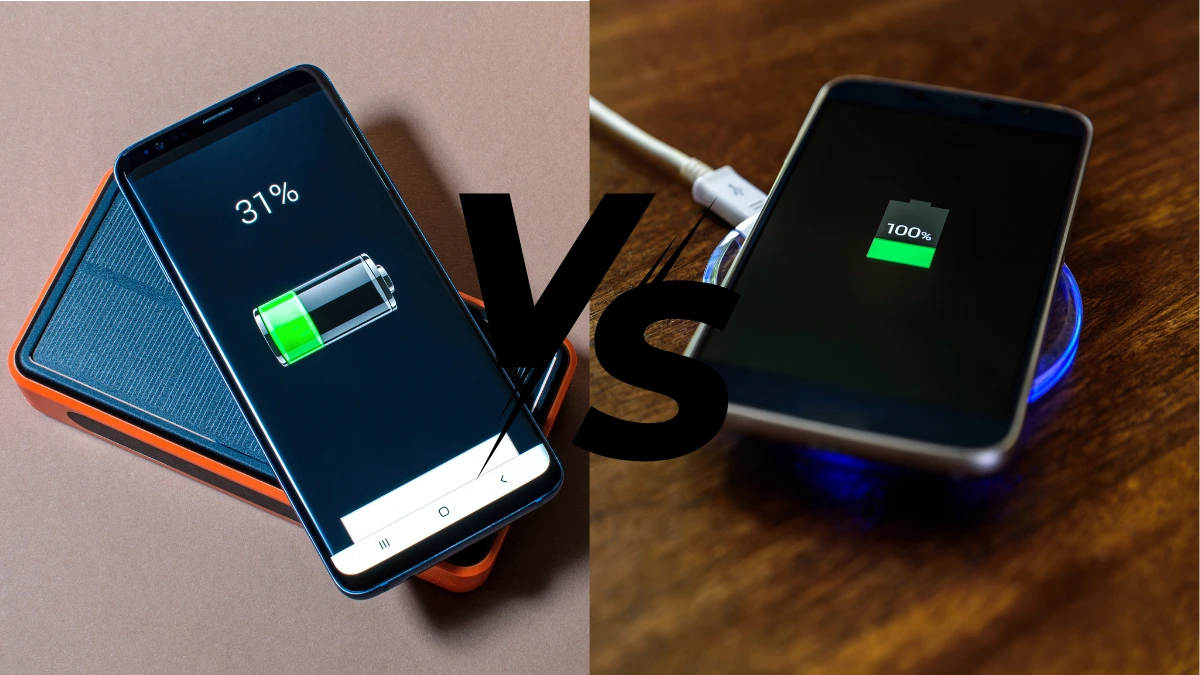Magnetic powerbank and wireless charging are the keys to charging without being wired. Although both maximize battery charging, magnetic powerbanks vs wireless charging have some significant differences.
The differences between a magnetic powerbank vs wireless charging include several aspects such as how it works, power source, speed, advantages, and disadvantages.
This article will delve into the important differences between magnetic powerbank vs wireless charging to convert soft copies into hard copies.
Also Read
Table of Contents
What is a Magnetic Powerbank?

A magnetic power bank is a type of wireless power bank. With this device, you won’t have to deal with messy cables when charging your device.
Simply place your smartphone on the power bank, and charging will begin automatically. Through magnetic induction, the power bank can transfer power to the device you place on it.
What is Wireless Charging?

Wireless charging is a modern charging technology that allows electronic devices to charge without using wires. Technology that uses this charging is usually smartphones, smartwatches, or earbuds.
This charging uses electromagnetic induction on the receiving device, whose electrical energy is transmitted wirelessly from the data source. This charging allows a neater and more minimalist look because the device is installed without any dangling cables.
The Differences Between Magnetic Powerbank vs Wireless Charging

True magnetic powerbank and wireless charging look similar, but they have different sources of light. Here are five differences between a magnetic powerbank vs wireless charging :
1. How it works
Magnetic power bank: Uses magnets that attach to the device to be charged and transfer electricity through electromagnetic induction.
Wireless charging: Uses electromagnetic waves to transfer power from a power source to the device being charged.
2. Power source
Magnetic power bank: Has an internal battery power source, allowing it to charge other devices without needing to be plugged into an electrical outlet.
Wireless charging: Does not have an internal battery, so it must be connected to an electrical outlet to charge other devices.
3. Speed
Magnetic power bank: Has faster charging capabilities than wireless charging.
Wireless charging: Has slower charging capabilities than wireless charging.
4. Advantages
Magnetic power bank: More efficient charging due to precision magnetic alignment and faster charging.
Wireless charging: Ability to charge more than one device at the same time, and avoids overcharging.
5. Disadvantages
Magnetic power bank: Has limited power capacity, depending on the power bank’s capacity, and is more prone to overheating.
Wireless charging: Has slower charging speeds and requires precise alignment between the device being charged and the wireless charging pad.
Here are the differences between a magnetic powerbank vs wireless charging in a nutshell:
| Aspect | Micromagnetic Powerbank | Wireless Charging |
| How it works | Electromagnetic induction | Electromagnetic waves |
| Power source | Internal Bettery | An electrical outlet |
| Speed | Faster charging | Slower charging |
| Advantages | More efficient and faster charging | Can charge more tha one device at the same time |
| Disadvantages | Limited power capacity and potential for overheating | Slower charging speed and requires precise alignment |
That’s the difference between a magnetic powerbank vs wireless charging that can be your consideration in choosing according to your personal needs.
If you need a way to charge your smartphone while still using it without having to connect it to a power source, a magnetic power bank is a good choice. However, if you need to charge more than one device at a time, you can opt for wireless charging.


















